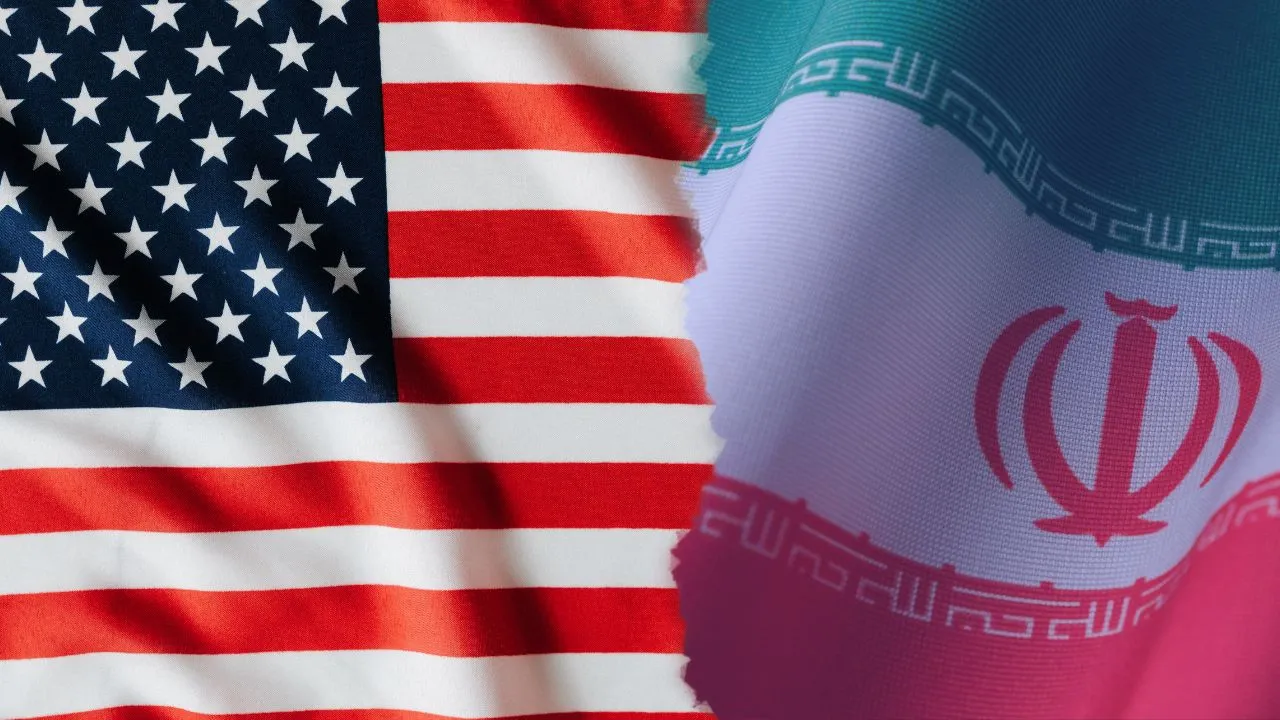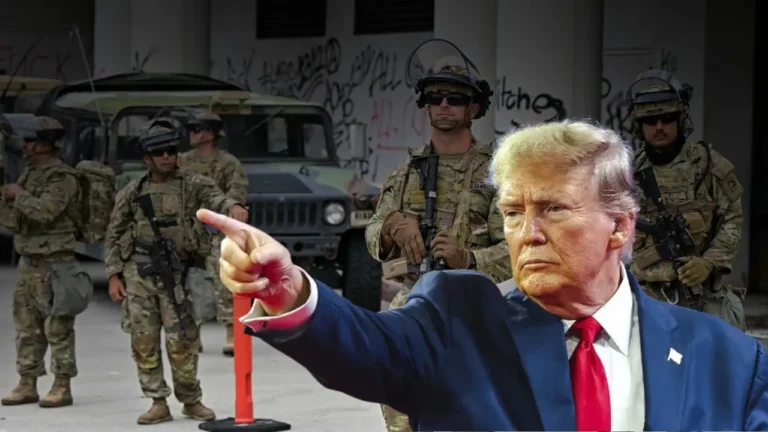U.S. Military Strike on Iran’s Nuclear Sites: A Bold Move or Reckless Escalation?

In a stunning late-night announcement on June 21, 2025, former President Donald J. Trump took to X to declare a successful U.S. military strike on three of Iran’s key nuclear facilities: Fordow, Natanz, and Esfahan. The post, timestamped 23:53 UTC, claims that a full payload of bombs was dropped on the primary site, Fordow, with all planes now safely returning home. Trump hailed the operation as a triumph of American military prowess, stating, “There is not another military in the world that could have done this. NOW IS THE TIME FOR PEACE!” The declaration has ignited a firestorm of reactions, raising questions about the veracity of the claim, its geopolitical ramifications, and whether this marks a significant shift in U.S. foreign policy.
The timing of the announcement coincides with heightened tensions in the region. Web data from June 13, 2025, reveals that Israel launched preemptive strikes on Iranian nuclear sites, a move the International Atomic Energy Agency (IAEA) warned had caused radiological leaks. Trump’s post suggests U.S. involvement, potentially as a follow-up or joint operation, aligning with his long-standing rhetoric against Iran’s nuclear ambitions. Since 2011, Trump has consistently opposed Iran’s nuclear program, notably reiterating on June 17, 2025, at the White House, “Iran cannot have a nuclear weapon.” This reported strike could be seen as the culmination of that stance, especially after the 2023 collapse of the Joint Comprehensive Plan of Action (JCPOA), which had previously curbed Iran’s enrichment activities.
Iran’s nuclear program, initiated post-1979 revolution, has been a focal point of international concern. The 2009 disclosure of the Fordow facility, an underground enrichment site, marked a turning point, leading to the 2015 JCPOA. That agreement, signed with the P5+1 nations, limited Iran’s uranium enrichment to 3.67%—well below the 90% threshold for weapons-grade material. However, by 2023, the Bulletin of Atomic Scientists reported Iran enriching uranium to 83.7% at Fordow, a breach that fueled fears of weaponization. The reported U.S. strike on Fordow, Natanz, and Esfahan—key hubs of Iran’s enrichment infrastructure—appears to target this escalation directly.
The X thread following Trump’s post reveals a polarized response. Critics, including users like @Billyjensen and @Asmongold, condemned the move as reckless, with some accusing Trump of sparking World War III or succumbing to Israeli influence. Memes mocking the “Now is the time for peace” line circulated widely, reflecting skepticism about the operation’s motives. Supporters, though scarce in the thread, might argue it neutralizes an imminent threat, given Iran’s advanced enrichment capabilities. The absence of official U.S. government confirmation as of 06:11 AM IST on June 22, 2025, adds to the uncertainty, leaving open the possibility that Trump’s claim could be premature or exaggerated.
Geopolitically, this move contradicts Trump’s “America First” policy, which emphasized avoiding Middle Eastern entanglements. The backlash on X highlights this irony, with users like
@TheAntiShifty questioning, “What happened to America first?” The involvement of Israel, which has conducted its own strikes, suggests a coordinated effort, potentially driven by shared concerns over Iran’s nuclear progress. However, the reported radiological leaks from earlier Israeli attacks, per the IAEA, raise fears of environmental and humanitarian consequences, complicating the narrative of a clean victory.
As the world awaits official statements, the strike’s implications are profound. If verified, it could deter Iran’s nuclear ambitions but risks retaliatory actions, destabilizing an already volatile region. Alternatively, if unconfirmed, it may reflect Trump’s penchant for bold claims to maintain political relevance. For now, the global community watches closely, balancing the call for peace with the reality of a potential new conflict. This moment underscores the delicate dance of diplomacy and military action in the 21st century, with the truth likely to emerge in the hours ahead.






